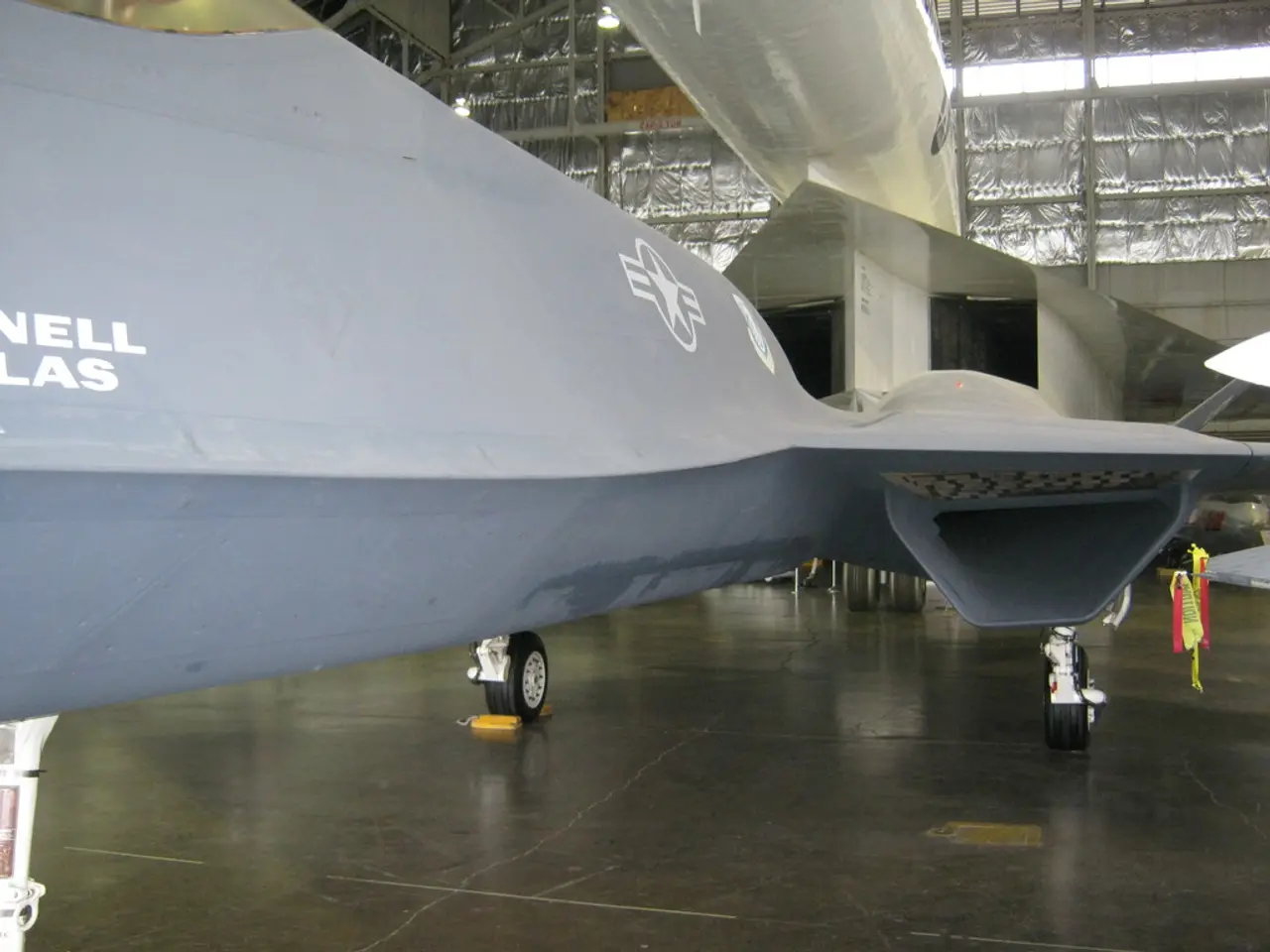Aviation technology: the transformative leap that powers every takeoff and flight
Modern aviation is undergoing a significant transformation, with groundbreaking advancements in technology reshaping the industry. From Glass Cockpit systems and Fly-by-Wire controls to flight simulators and air navigation systems, these innovations are shaping the future of flight.
One of the most notable changes is the widespread adoption of Glass Cockpit technology. Modern aircraft are increasingly replacing traditional analog instruments with digital multi-function displays, integrating virtually all flight, navigation, and system information. This technology enhances situational awareness and allows for customization of displayed data, improving understanding and real-time decision-making for pilots, significantly elevating operational safety.
Fly-by-Wire (FBW) technology is another game-changer. By replacing conventional manual flight controls with electronic interfaces, FBW has enhanced flight safety, reliability, and efficiency. Computer-aided control inputs, envelope protection, and system safeguards provided by FBW have contributed to safer two-pilot operations in large jets.
Flight simulators have become indispensable for pilot training, safety enhancement, and procedural validation. With advances in simulation fidelity, including high-resolution visuals and realistic control feedback, pilots can effectively acquire skills and transition through training. Simulators also allow testing of new cockpit systems and operational procedures in safe, controlled environments.
Modern air navigation has been revolutionized by digital systems, leveraging GPS, satellite-based augmentation, and AI-powered decision support. These innovations enable more precise routing, fuel optimization, and congestion management. AI integration in aviation continues to expand, enhancing real-time decision-making, predictive maintenance, and autonomous air traffic control capabilities.
The impact of these technologies extends beyond safety and efficiency, with a growing focus on sustainability. Advances in aviation technology aim to reduce emissions and consumption, including the development of quieter engines, hybrid propulsion systems, and the use of hydrogen as an alternative fuel.
At our training platform, located next to Sants Station, we embrace these technological advancements. Our fleet consists of TECNAM P2002JF, TECNAM P2008JC, and TECNAM P2006T aircraft, each designed for basic, advanced, and IFR training respectively. All our aircraft are equipped with Glass Cockpit technology, providing pilots with more information and better interpretation of flight parameters.
Moreover, our platform utilizes ultra-light materials and aerodynamic structures to reduce drag in our aircraft, further improving efficiency. We also incorporate artificial intelligence in our operations, optimizing flight routes, predicting weather conditions, adjusting real-time consumption, and performing predictive maintenance tasks.
In addition to traditional training methods, we use acrobatic Cessna Aerobat aircraft for Upset Prevention and Recovery Training (UPRT) and Aviation Resource Management (AR) training to complement our comprehensive program.
The technological future of aviation is already here, focusing on maximizing safety, sustainability, and efficiency. As these trends continue to evolve, we can expect to see further innovations that will shape the industry for decades to come.
References: [1] Advances in Aviation Technology (n.d.). Retrieved from https://www.boeing.com/commercial/aeromagazine/articles/2019/q1/01-advances-in-aviation-technology.page [2] The Evolution of Glass Cockpit Technology (2020). Retrieved from https://www.aopa.org/news-and-media/all-news/2020/june/29/the-evolution-of-glass-cockpit-technology [3] The Importance of Flight Simulators in Aviation Training (2020). Retrieved from https://www.flydeal.com/blog/the-importance-of-flight-simulators-in-aviation-training [4] The Impact of Fly-by-Wire Technology on Aviation (2019). Retrieved from https://www.aerotime.aero/en/aviation-news/the-impact-of-fly-by-wire-technology-on-aviation/ [5] The Future of AI in Aviation (2021). Retrieved from https://www.aerotime.aero/en/aviation-news/the-future-of-ai-in-aviation/
- The aerospace industry, incorporating advancements in technology, is significantly enhancing finance prospects by driving innovation in flight, navigation, and system efficiency, such as Glass Cockpit and Fly-by-Wire technology.
- As technology continues to revolutionize the aviation sector, the integration of AI in air navigation, flight simulators, and operational maintenance management is not only reshaping the finance landscape of the industry but also paving the way for more sustainable and efficient aircraft.








